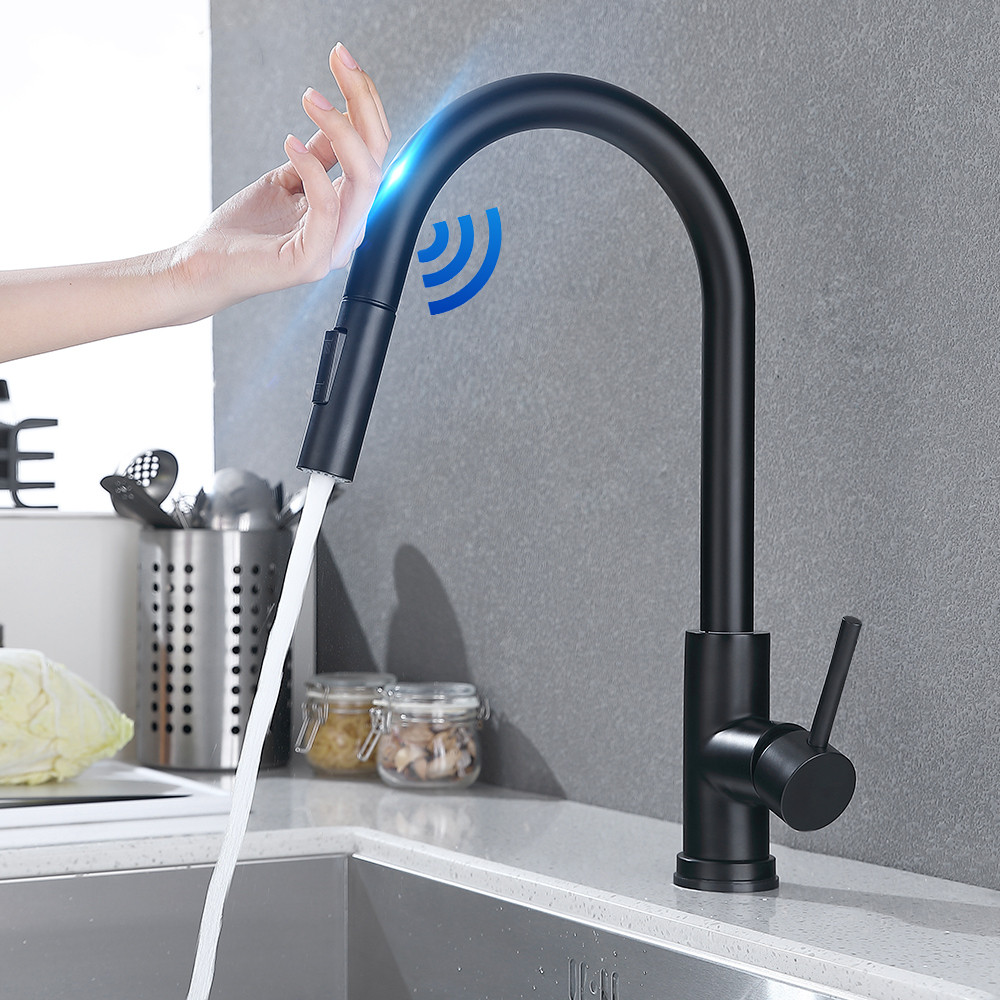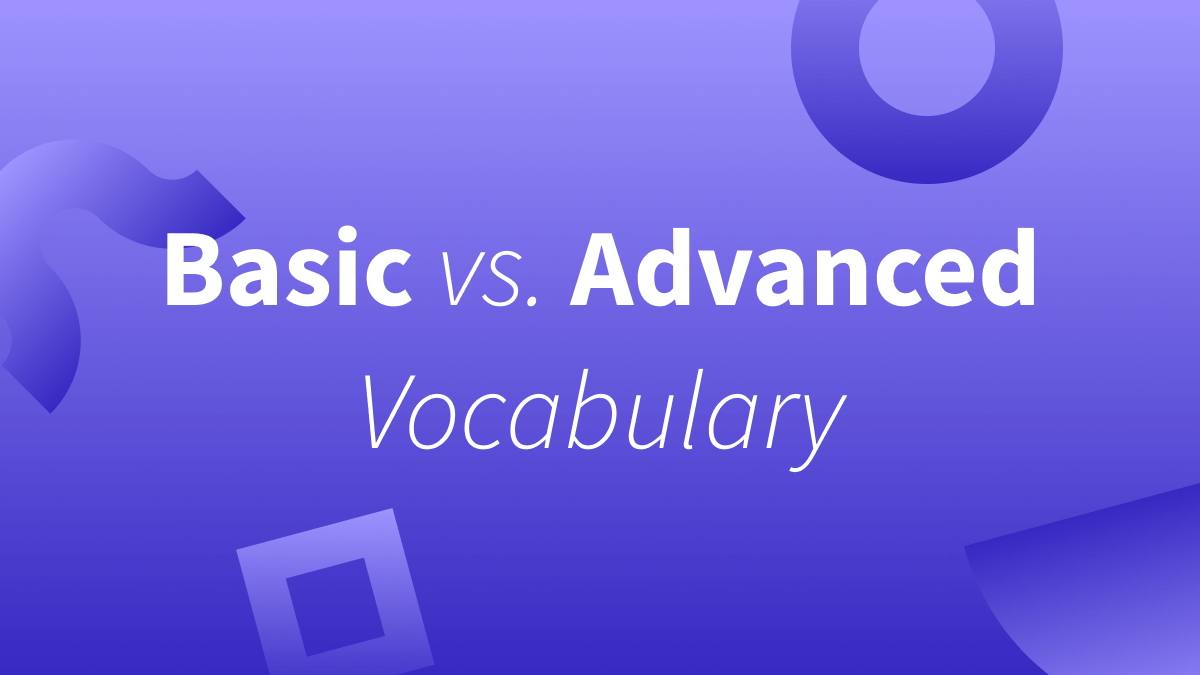The kitchen, often considered the heart of the home, is a space where both functionality and aesthetic appeal are paramount. While countertops, cabinetry, and appliances often steal the spotlight, the humble kitchen faucet plays a surprisingly pivotal role in both daily utility and the overall design narrative. Far more than just a water dispenser, a well-chosen faucet can elevate your space, acting as a crucial design element that harmonizes with your kitchen's style. Exploring various kitchen faucet ideas design allows homeowners to discover how this essential fixture can become a statement piece, blending seamlessly with their décor or standing out as a focal point.

Selecting the right kitchen faucet involves a delicate balance of form and function. It's not merely about picking something that looks good; it must also perform efficiently, stand up to daily wear and tear, and integrate ergonomically into your workflow. The market today offers an astonishing array of designs, features, and finishes, making the decision both exciting and potentially overwhelming.

This guide will delve deep into the world of kitchen faucets, offering insights into various styles, innovative technologies, and practical considerations. We'll explore how different design choices can impact the functionality and aesthetic of your kitchen, helping you navigate the options with confidence.

Ultimately, your kitchen faucet is a high-touch item that you will interact with countless times every day. Investing time in understanding the best kitchen faucet ideas design for your unique needs and aesthetic preferences will not only enhance your kitchen's visual appeal but also significantly improve your daily kitchen experience, turning routine tasks into moments of pleasure.

The Foundation: Exploring Diverse Kitchen Faucet Styles

The aesthetic appeal of your kitchen faucet is undeniably a major factor in your decision-making process. Modern design trends embrace a wide spectrum of styles, each offering a distinct personality to your kitchen space. Understanding these core styles is the first step in developing your ideal kitchen faucet ideas design.

Modern and Contemporary Kitchen Faucet Designs
Modern faucets are characterized by their sleek, minimalist lines and often feature geometric shapes. They typically forgo ornate details in favor of clean surfaces and functional elegance. Materials like polished chrome, brushed stainless steel, and matte black are common. Contemporary faucets often push the boundaries further, incorporating unique angles, sculptural forms, and sometimes a blend of materials. These designs are perfect for kitchens aiming for a high-tech, streamlined, or gallery-like appearance. They often feature single-handle controls for a seamless look.

Traditional and Transitional Kitchen Faucet Styles
For those who appreciate classic charm and timeless elegance, traditional faucets are an excellent choice. They often feature intricate details, dual handles with ornate escutcheons, and curved spouts. Finishes like oil-rubbed bronze, polished brass, and antique copper are popular, evoking a sense of heritage and warmth. Transitional faucets strike a perfect balance between traditional and modern aesthetics. They blend the clean lines of contemporary design with the warmth and subtle detailing of traditional styles. This versatility makes them incredibly popular, as they can adapt to a wide range of kitchen decors, providing a sophisticated yet approachable look.

Farmhouse and Industrial Kitchen Faucet Looks
The farmhouse kitchen aesthetic, known for its rustic charm and comfortable appeal, typically features bridge faucets or high-arch designs that evoke a vintage feel. These faucets often come in finishes like brushed nickel or antique bronze, complementing the apron-front sinks and natural materials characteristic of this style. Industrial kitchen faucets, on the other hand, draw inspiration from commercial kitchens and factories. They boast robust, utilitarian designs, often featuring exposed pipes, spring-coil spouts, and heavy-duty levers. Matte black, raw brass, and stainless steel are common finishes, contributing to a rugged, edgy, and functional aesthetic that looks great in lofts or modern urban homes.

Beyond Aesthetics: Innovative Features and Smart Faucet Technology
While visual appeal is crucial, the functionality and advanced features of a kitchen faucet are what truly define its performance and convenience. Modern innovations have transformed the simple water tap into a sophisticated appliance.

Pull-Down and Pull-Out Faucets
These are arguably the most popular faucet types due to their incredible versatility. A pull-down faucet features a high-arc spout with a spray head that pulls directly down into the sink, ideal for filling large pots or cleaning the sink basin. A pull-out faucet has a shorter spout and a spray head that extends outward, offering greater reach, which can be particularly useful for double sinks or when filling containers on the countertop. Both types typically offer multiple spray patterns, from aerated stream to powerful spray.
Touchless and Smart Faucets
For ultimate hygiene and convenience, touchless faucets activate water flow with a simple wave of the hand, minimizing germ transfer and making tasks easier when your hands are messy. Advancements have led to smart faucets that go even further, offering voice activation, precise temperature control, measured dispensing, and even connectivity to smart home systems. Some can dispense filtered water or boiling water on demand, representing the pinnacle of modern kitchen convenience.
Pot Fillers and Bar Faucets
Beyond the main sink, specialized faucets enhance kitchen functionality. A pot filler is a wall-mounted or deck-mounted faucet installed directly above the stovetop, allowing you to fill large pots without carrying them from the sink. This feature adds significant convenience, especially for avid cooks. Bar faucets, also known as prep sink faucets, are smaller versions of standard kitchen faucets, designed for secondary sinks often found on islands or in wet bars. They are ideal for quick tasks like rinsing vegetables, getting a drink, or filling smaller containers.

The Midas Touch: Choosing the Perfect Faucet Finish for Your Kitchen
The finish of your kitchen faucet is not just a protective layer; it's a critical design choice that profoundly impacts the overall look and feel of your kitchen. The right finish can harmonize with your existing decor or provide a striking contrast, significantly influencing your kitchen faucet ideas design.

Classic and Enduring Finishes
Polished Chrome remains a timeless choice. Its highly reflective surface brightens the kitchen and complements nearly any color scheme, from ultra-modern to traditional. It's durable and easy to clean. Brushed Nickel offers a more subdued, matte appearance that resists fingerprints and water spots better than chrome. Its muted silver tone provides a soft, sophisticated look that works well in both transitional and contemporary settings. Stainless Steel finishes often mirror brushed nickel in appearance and benefits, offering excellent durability and resistance to corrosion, making them a practical choice for busy kitchens.

Bold and Statement-Making Finishes
Matte Black has surged in popularity, offering a dramatic and contemporary statement. Its non-reflective surface provides a striking contrast against lighter countertops or cabinetry, and it pairs beautifully with industrial or minimalist designs. It's also excellent at hiding fingerprints. Bronze finishes, such as Oil-Rubbed Bronze or Venetian Bronze, bring warmth and a vintage appeal. Oil-rubbed bronze typically has dark, rich undertones with coppery highlights that emerge over time, creating a living finish that ages beautifully. These are perfect for farmhouse, rustic, or traditional kitchens.

Luxurious and Unique Finishes
Polished Brass and Unlacquered Brass offer a touch of old-world glamour and luxury. Polished brass provides a bright, shiny gold tone, while unlacquered brass will naturally tarnish and develop a unique patina over time, adding character and depth. These finishes are perfect for high-end traditional or eclectic designs. Other unique options include Rose Gold, which provides a warm, romantic hue, and White or Black Ceramic finishes, which offer a clean, seamless look, particularly in modern and minimalist settings. When considering these, factor in their maintenance and how they will age.
Function Meets Form: Ergonomics and Installation Insights
Beyond aesthetics and innovative features, the practical aspects of your kitchen faucet – its ergonomics, ease of use, and installation requirements – are paramount. A beautiful faucet that is difficult to use or install correctly will quickly diminish your kitchen experience.

Ergonomic Considerations
The spout height and reach are crucial for functionality. A high-arc spout provides ample clearance for filling large pots, while a longer reach is beneficial for larger sinks or those with multiple basins. Consider your sink depth and width to ensure the faucet provides optimal coverage without splashing. The handle type also impacts usability. Single-handle faucets are convenient for one-handed temperature and flow control, while double-handle designs offer precise control over hot and cold water. Lever handles are generally easier to grip and operate than knob handles, especially with wet hands. Evaluate the force required to turn the handles and the smoothness of operation.

Installation and Compatibility
Before purchasing, check the number of mounting holes required by the faucet and compare it to the existing holes in your sink or countertop. Many modern faucets require only one hole, but some traditional or bridge-style faucets may need two, three, or even four holes for separate handles and a side spray. An escutcheon plate (base plate) can often cover extra holes if your new faucet requires fewer than your old one. Ensure there is adequate clearance between the faucet and any backsplash, window sills, or overhead cabinets. Also, confirm that the water supply lines and connections are compatible with your existing plumbing or plan for necessary adapters. DIY installation is possible for many faucets, but professional installation is recommended if you're unsure, especially for complex smart faucets or plumbing modifications.

Curating Cohesion: Integrating Faucet Design into Your Kitchen's Narrative
Your kitchen faucet should not exist in isolation; it's a vital component that contributes to the overarching aesthetic of your kitchen. Thoughtful integration ensures a cohesive and visually pleasing space, transforming a mere fixture into a design cornerstone of your kitchen faucet ideas design.

Harmonizing with Kitchen Style
The most straightforward approach is to match your faucet style with your kitchen's dominant design theme. For a modern minimalist kitchen, opt for a sleek, single-handle faucet in chrome or matte black with clean lines. In a rustic farmhouse kitchen, a bridge faucet in bronze or brushed nickel will feel right at home. A traditional kitchen might call for a polished brass or oil-rubbed bronze faucet with classic curves and separate hot/cold handles.
Coordinating Finishes and Textures
Consider the finishes of other elements in your kitchen. While an exact match isn't always necessary or even desirable, aiming for complementary finishes creates a harmonious look. If your cabinet hardware is brushed nickel, a brushed nickel faucet will tie things together. However, you can also introduce a subtle contrast; for example, a matte black faucet can provide a striking modern edge to a kitchen with light wood cabinetry and stainless steel appliances. Think about the textures too – a polished faucet contrasts beautifully with a honed countertop, while a brushed finish might blend seamlessly with a textured backsplash.
The Faucet as a Focal Point
Sometimes, the kitchen faucet can be intentionally chosen to stand out as a statement piece. A dramatic high-arc industrial faucet in a traditional kitchen, or a sculptural, unique design in a minimalist space, can draw the eye and become a conversation starter. If you choose this path, ensure the rest of your kitchen elements are understated enough not to compete, allowing the faucet to truly shine. The key is balance – a bold faucet should still feel like it belongs in the space, even if it's intentionally contrasting.
Making a Statement: Unique and Niche Faucet Designs
Beyond the common categories, there are several unique and niche kitchen faucet designs that cater to specific needs or aesthetic preferences, offering even more possibilities for your kitchen faucet ideas design.
Specialty Faucets and Their Applications
Instant Hot Water Dispensers are small, dedicated faucets that deliver near-boiling water on demand, perfect for making tea, coffee, or quickly dissolving ingredients. They save time and energy compared to boiling water on the stovetop. Filtered Water Faucets provide clean, purified drinking water directly from a dedicated tap, often installed alongside your main faucet or as a standalone unit. They are an eco-friendly alternative to bottled water.
Commercial Style Faucets for Residential Kitchens
Inspired by professional kitchens, commercial-style faucets are becoming increasingly popular in homes. These robust, high-performance fixtures often feature exposed spring coils, high-pressure spray functions, and sturdy construction. They offer a strong visual statement and excellent functionality, making them ideal for busy home cooks or those who appreciate an industrial aesthetic. Their large size requires ample sink space and a sturdy installation.
Emerging Trends and Future-Forward Faucets
The world of kitchen faucets is constantly evolving. Beyond smart technology, we're seeing trends towards sustainable faucets designed for water conservation, often with low-flow aerators without compromising performance. Customizable faucets that allow for interchangeable spouts, handles, and finishes are also emerging, offering homeowners unparalleled personalization. Looking ahead, integration with advanced home automation systems and even diagnostic features could become standard, further blurring the lines between appliance and fixture.
Conclusion
The journey through kitchen faucet ideas design reveals that this seemingly small component holds immense power in defining the look, feel, and functionality of your kitchen. Far from being a mere utility, the modern kitchen faucet is a design element, a technological marvel, and a daily workhorse, all rolled into one. From classic bridge faucets that evoke timeless charm to sleek, touchless models that embody cutting-edge innovation, the options are as diverse as individual tastes.
By thoughtfully considering your kitchen's overall aesthetic, evaluating the latest features and finishes, and paying close attention to ergonomic and installation requirements, you can select a faucet that not only meets your practical needs but also enhances your kitchen's beauty and efficiency. The right faucet elevates your daily routine, adds value to your home, and stands as a testament to intelligent design. Choose wisely, and your kitchen faucet will truly be the jewel in your culinary crown.
0 Response to "Elevate Your Kitchen Faucet Ideas Design"
Posting Komentar